The 1920s, known as the Roaring Twenties, was a revolutionary period for men’s fashion. This era, characterized by cultural shifts and post-war liberation, introduced a new era in 1920s men’s fashion. As jazz music echoed through the streets and prohibition laws came into effect, men’s style underwent a significant transformation.
Embracing a New Fashion Ethos
1920s fashion men embraced a mix of elegance and practicality, stepping away from the rigid formal wear of the past. This decade introduced a more relaxed yet sophisticated wardrobe, reflecting the dynamic spirit of the times.
Cultural Influences and Style Icons
Icons of the era, from cinema to sports, heavily influenced roaring 20s men’s fashion. The attire reflected flamboyance, with bolder patterns and brighter colors. It wasn’t just about clothing; it was an expression of the era’s ethos.
Distinctive Styles
The 1920s men style was marked by well-tailored but comfortable suits, waistcoats for sophistication, and a preference for new fabrics and colors. 1920s men’s wear was a statement of social status and lifestyle, differing distinctly between the working class and the affluent.
In the following sections, we’ll explore the specific styles and garments that were iconic to men’s fashion in the 1920s.
Key Styles and Garments of 1920s Men’s Fashion
The 1920s was a decade of distinct style innovations for men. From formal attire to casual wear, each piece reflected the era’s spirit of liberation and elegance. Here are some of the iconic styles and garments that were hallmarks of 1920s men’s wear:
1. Suits

The epitome of 1920s men’s fashion, suits were characterized by their sharp tailoring. The most iconic were the pinstripe suits, symbolizing the era’s sophisticated businessman. These suits often featured a double-breasted waistcoat, adding an extra layer of elegance.
2. Oxford Bags
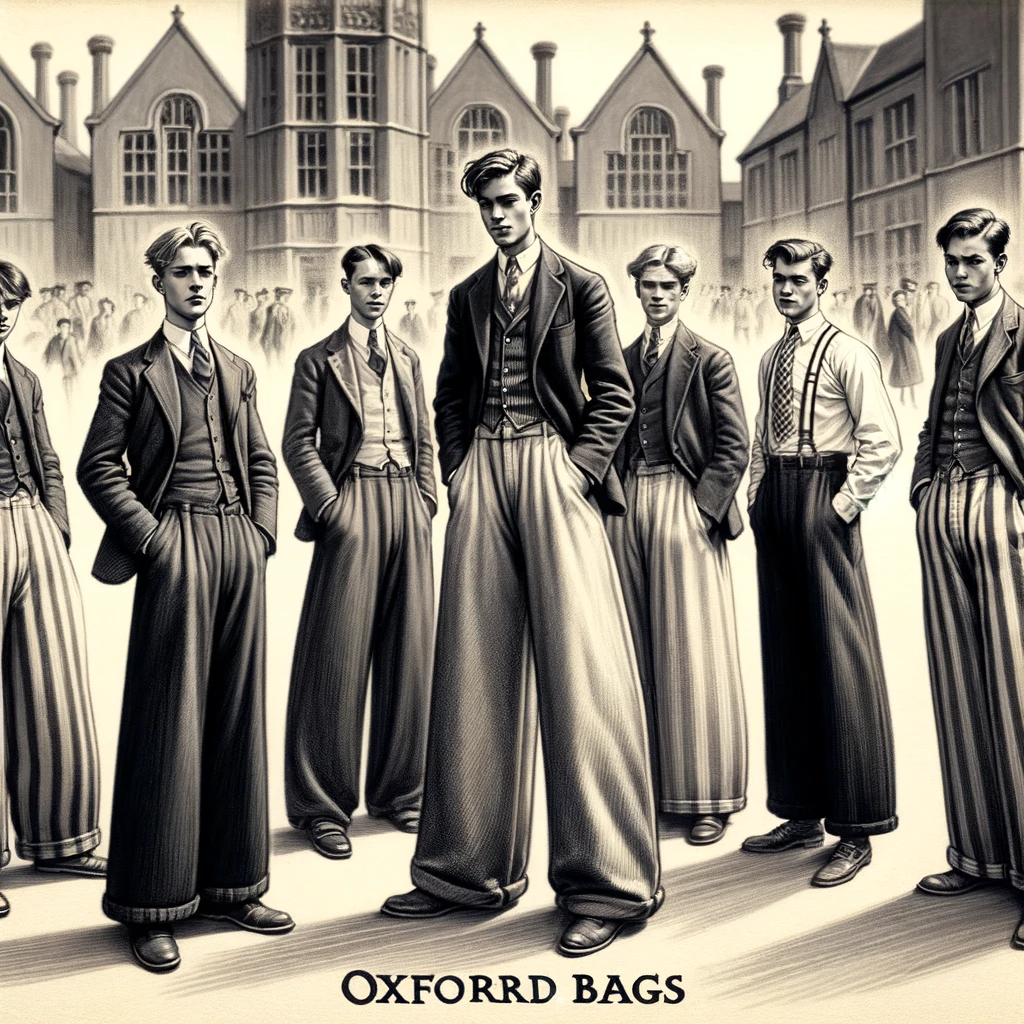
These wide-legged trousers emerged as a rebellious fashion statement against the narrow-legged trousers that were standard at the time. Their comfort and style made them popular among young men.
3. Plus-Fours
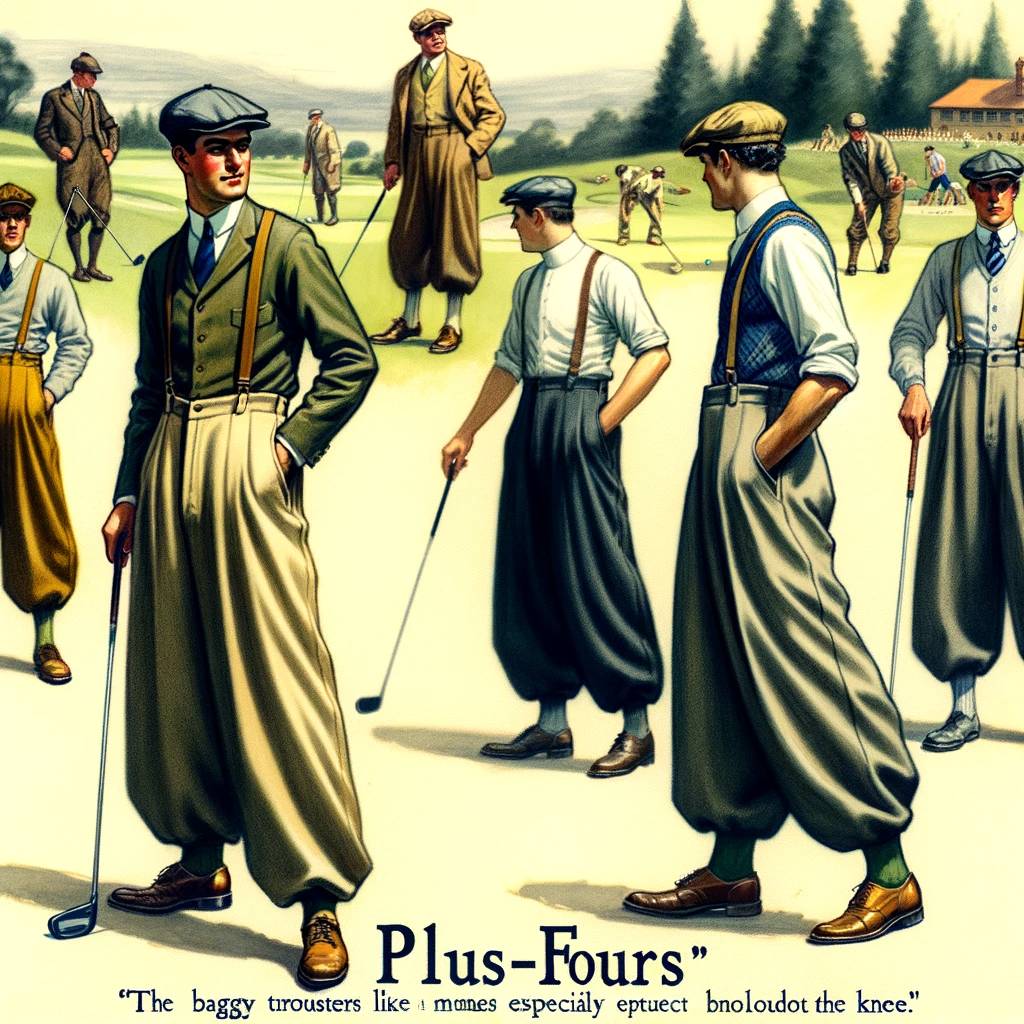
These baggy trousers, which extended four inches below the knee, were a staple for golfers and sports enthusiasts, reflecting a more relaxed approach to menswear.
4. Fedora and Bowler Hats
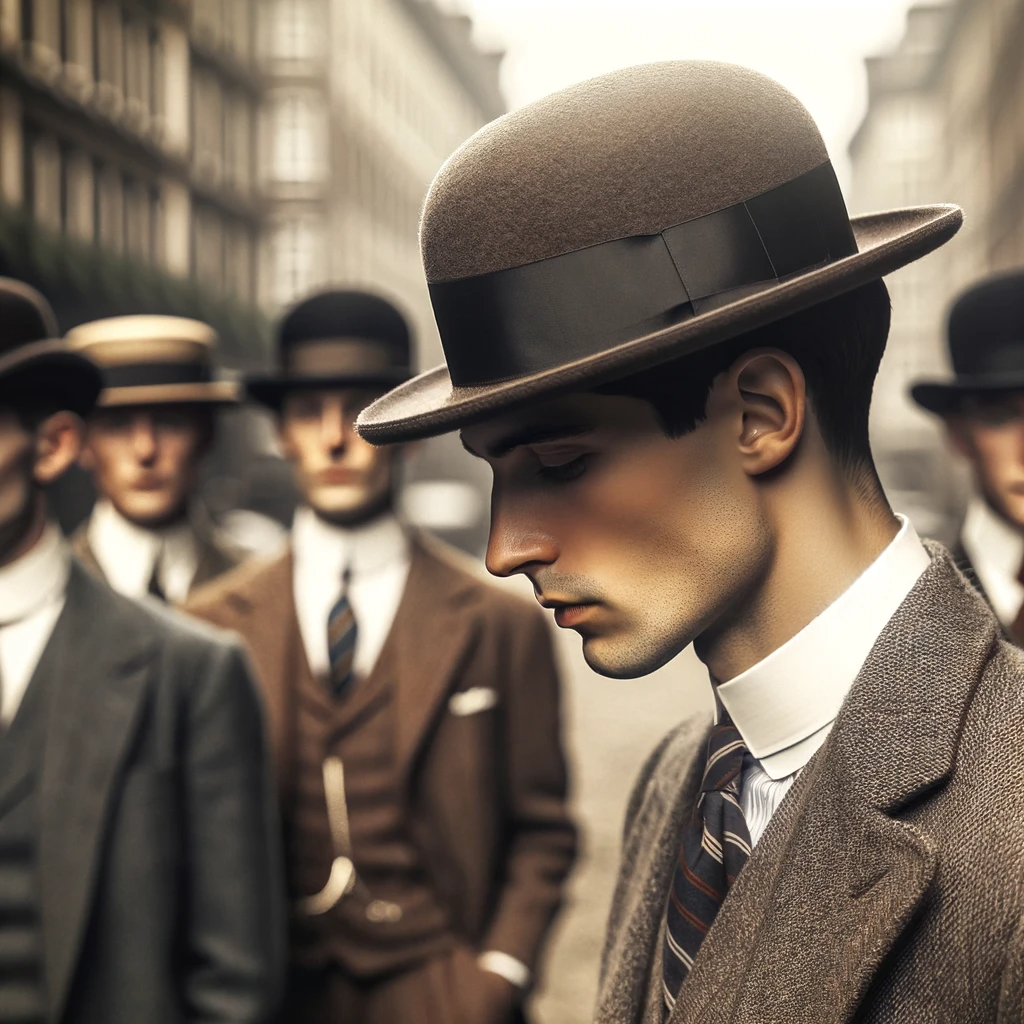
Headwear was an essential aspect of 1920s men’s clothing. The Fedora, with its wide brim and indented crown, and the Bowler hat, known for its rounded top, were widely popular.
5. Two-Tone Shoes

These shoes became a fashion statement in the 1920s. Often seen in a combination of contrasting colors, they added a playful yet sophisticated touch to the overall outfit.
6. Tuxedos and Dinner Jackets

Evening wear saw a significant evolution with the tuxedo and dinner jacket becoming more popular, offering a sleek and modern alternative to the traditional tailcoat.
Each of these elements played a crucial role in defining 1920s fashion male aesthetics. The era’s menswear was not just about dressing up; it was about making a statement with style and confidence.
Color Palettes, Fabrics, and Influential Figures in 1920s Men’s Fashion
The 1920s were not just about style changes in men’s fashion; they also brought a shift in the color palettes and fabrics used, influenced heavily by the icons of the era.
Color Palettes and Fabrics
7. Rich and Diverse Colors
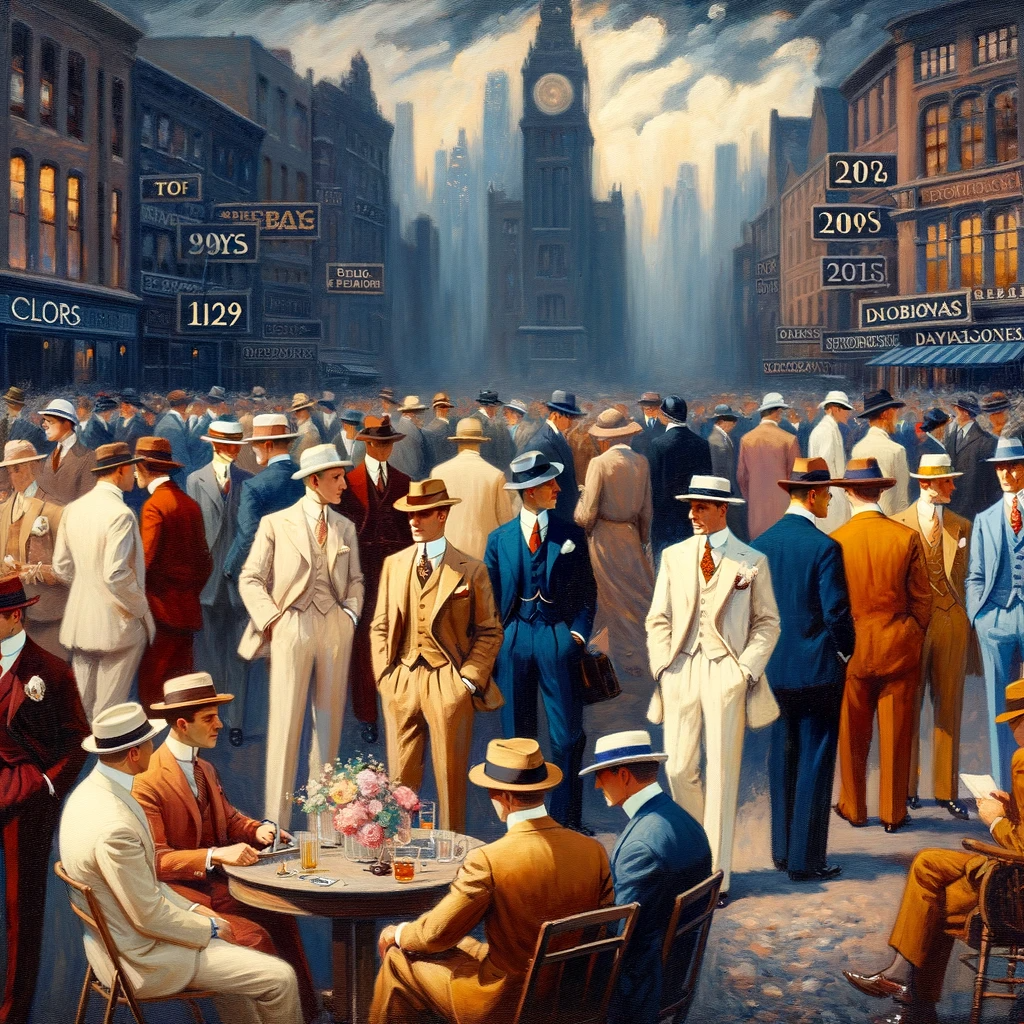
The 1920s broke away from the predominantly dark, somber colors of previous decades. Men’s 1920s outfits began to feature richer and more diverse colors, including shades of cream, beige, and pastels for daytime, and darker, more formal colors for evening wear.
8. Innovative Fabrics

Wool and tweed were the most popular fabrics, especially for suits and trousers. However, there was also an increasing use of new materials like rayon, which was marketed as “artificial silk.”
9. Influential Figures

The fashion of the decade was heavily influenced by a number of key figures, whose style defined the 1920s men style:
10. Rudolph Valentino

Known as the “Great Lover,” Valentino was a fashion icon of the 1920s. His debonair style, characterized by sharp suits and exotic accessories, had a significant impact on men’s fashion.
12. Duke Ellington
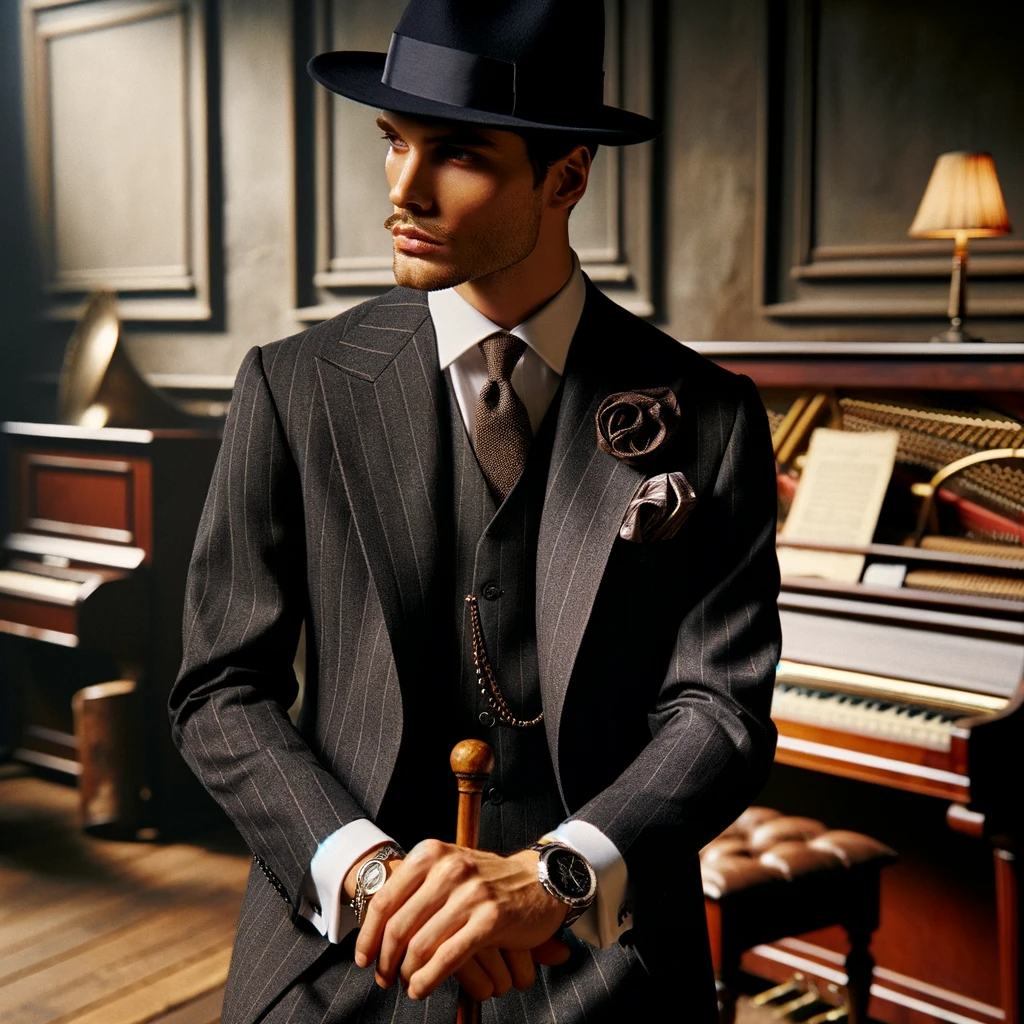
The jazz legend not only influenced music but also had a profound impact on fashion. His sharp dressing style, featuring tailored suits and elegant accessories, was emulated by many.
13. The Prince of Wales (later Edward VIII)
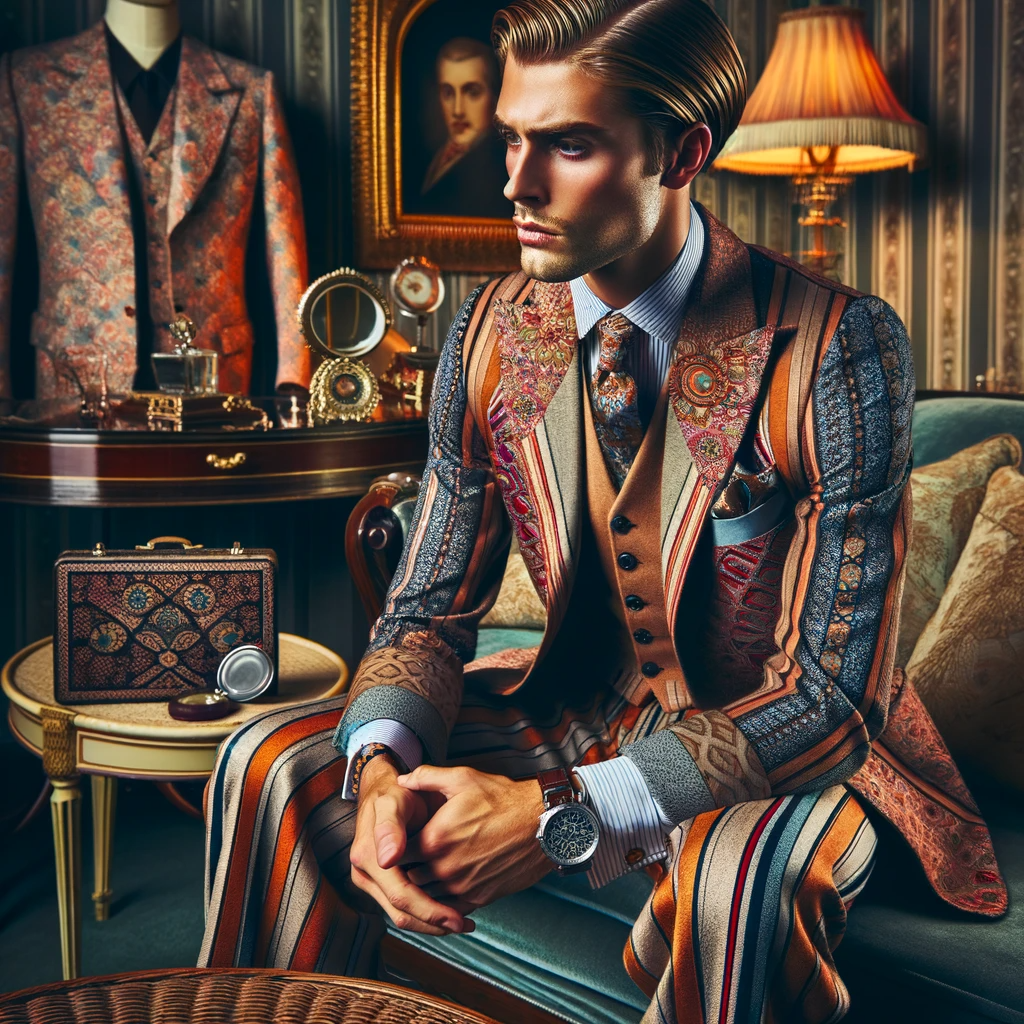
His preference for brightly patterned fabrics, wide-legged trousers, and casual styles contributed significantly to the menswear trends of the era.
These individuals, among others, played a pivotal role in shaping the fashion trends of the 1920s, making menswear more than just clothing, but a form of personal expression.
The Enduring Legacy of 1920s Men’s Fashion
The 1920s was a defining decade for men’s fashion, setting trends that continue to influence modern style. The legacy of this era extends far beyond its ten-year span, marking a significant chapter in the history of menswear.
Modern Influence and Adaptation
14. Continued Popularity of Classic Styles

Many of the styles that were popular in the 1920s, such as tailored suits, fedoras, and tuxedos, remain staples in men’s fashion today. The era’s emphasis on fit, craftsmanship, and attention to detail continues to be revered.
15. Inspiration for Contemporary Designers
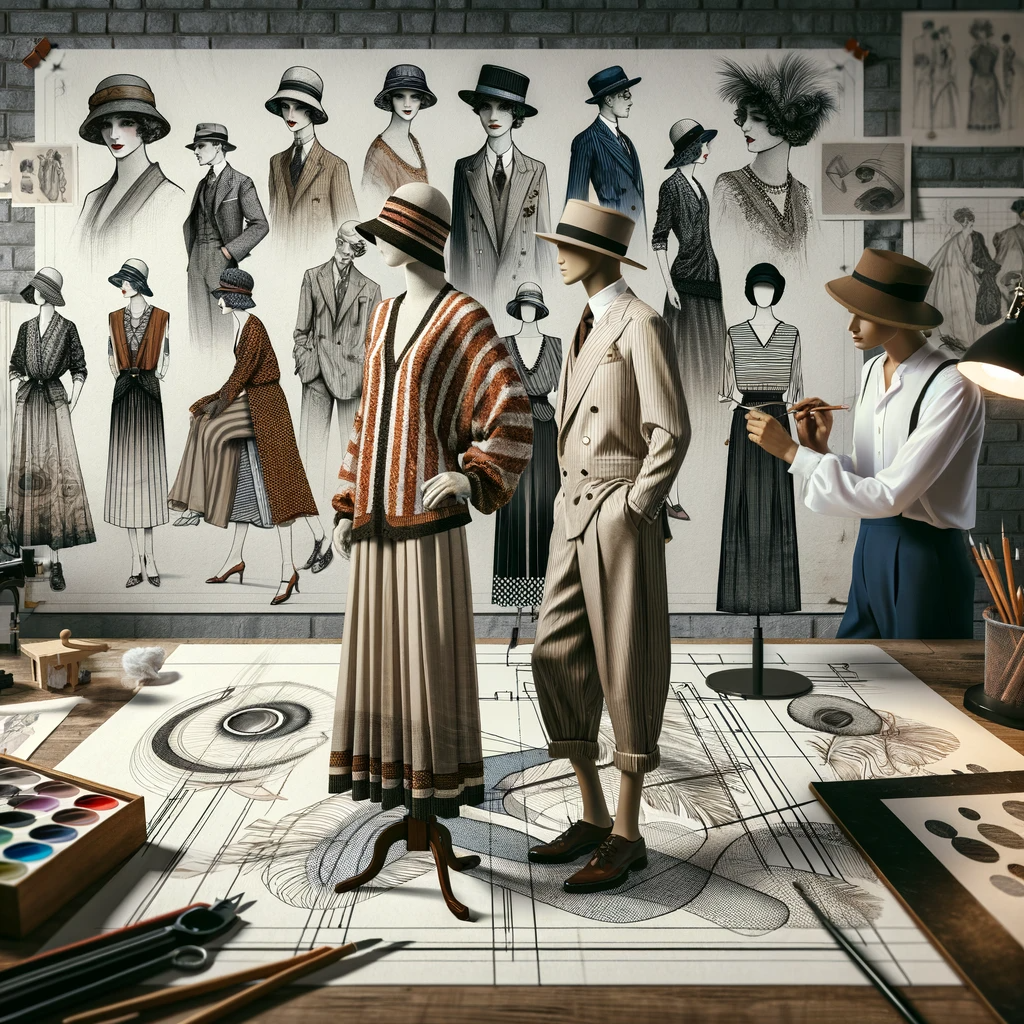
Modern fashion designers often draw inspiration from the 1920s, reinterpreting its classic elements with contemporary twists. This includes the use of bolder patterns, relaxed fits, and innovative fabrics, all paying homage to the 1920s aesthetic.
16. 1920s Themed Events and Fashion Revivals

The charm of the 1920s continues to be celebrated in themed events like Gatsby parties, where attendees don 1920s attire. These events reflect the ongoing fascination with the glamour and elegance of the era.
Social Influences and Style Evolution in 1920s Men’s Fashion
17. The Influence of Prohibition and Jazz

The 1920s was not just a time of fashion evolution; it was also a period of significant social change. The Prohibition era and the rise of jazz had a profound impact on fashion. Speakeasies and jazz clubs became hotspots for the fashionable elite, where the typical formal wear gave way to more daring and expressive styles. This was evident in the popularity of brighter colors, bolder patterns, and looser fits, mirroring the rebellious spirit of jazz and the underground social scene.
18. Formal vs. Casual: A Dual Wardrobe
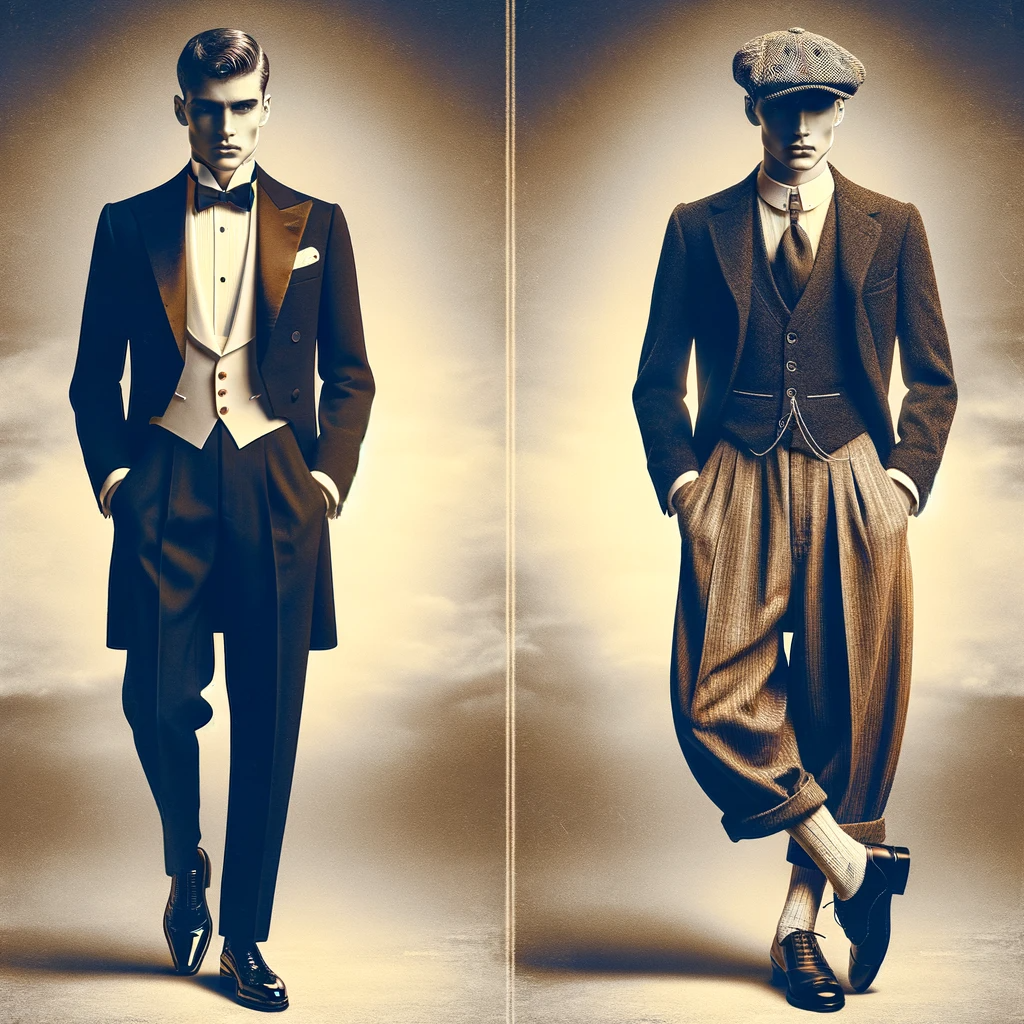
Men’s fashion in the 1920s saw a clear distinction between formal and casual wear. Formal attire remained elegant and structured, with tuxedos and tailcoats for evening events. In contrast, daywear became more relaxed. Sports influenced casual styles with items like plus-fours and blazers becoming popular for daytime activities. This dual wardrobe reflected the dynamic lifestyle of the 1920s man, who valued both tradition and comfort.
19. Fashion Icons of the 1920s
![]()
The 1920s were rich with fashion icons whose styles influenced the masses. Beyond Rudolph Valentino and Duke Ellington, figures like Buster Keaton and F. Scott Fitzgerald also became style icons. Their distinct looks, whether on-screen or in literature, played a significant role in popularizing the key elements of 1920s fashion. These icons exemplified the elegance and daring of the era, influencing generations to come.
20. The Legacy of 1920s Men’s Fashion

The legacy of 1920s men’s fashion lies in its enduring influence on modern menswear. Designers continue to draw inspiration from the era, blending classic 1920s elements with contemporary trends. This fusion highlights the timeless appeal of the 1920s aesthetic, demonstrating how the decade continues to influence fashion today. The 1920s established benchmarks for men’s style that remain relevant, underlining the decade’s pivotal role in the evolution of menswear.
Check Out: Lascana Coupon Code, Lucy In The Sky Coupons
1920s Men’s Fashion Overview
Step back in time and discover the fashion categories, style names, and intriguing details that characterized men’s fashion during the exhilarating era of the 1920s in this insightful table.
|
1920s Men’s Fashion Categories |
Fashion Name | Style Name |
Other Details |
| Suits | Classic Suit | Jazz Age | Tailored from fine fabrics, wide lapels, loose fit. |
| Hats | Fedora | N/A | Typically made of felt with a narrow brim and creased crown. |
| Shoes | Oxford Shoes | Spectator | Two-tone color scheme, often in black and white. |
| Shirts | Dress Shirt | Tuxedo | Wingtip collar, pleated front, and French cuffs. |
| Ties | Bow Tie | N/A | Self-tie or pre-tied, often worn with formal attire. |
| Outerwear | Overcoat | Greatcoat | Heavy, long coats for winter. |
| Accessories | Pocket Watch | Cufflinks | Pocket watches with chains, decorative cufflinks. |
| Pants | High-Waisted Trousers | Knickers | High-waisted, wide-legged trousers or knickers. |
| Vests | Waistcoat | N/A | Worn as part of a three-piece suit. |
| Hairstyles | Slicked Back Hair | Finger Waves | Popular hairstyles for men in the 1920s. |
| Casual Wear | Sweaters | Sportswear | Pullovers and cardigans for casual occasions. |
Conclusion
1920s men’s fashion was more than just a momentary trend; it was a movement that redefined masculinity and style. The roaring 20s men’s fashion was characterized by an adventurous spirit, embracing new ideas and innovations while maintaining a sense of classic elegance. This balance between tradition and innovation is what makes the 1920s an endlessly fascinating period for fashion enthusiasts and historians alike.
